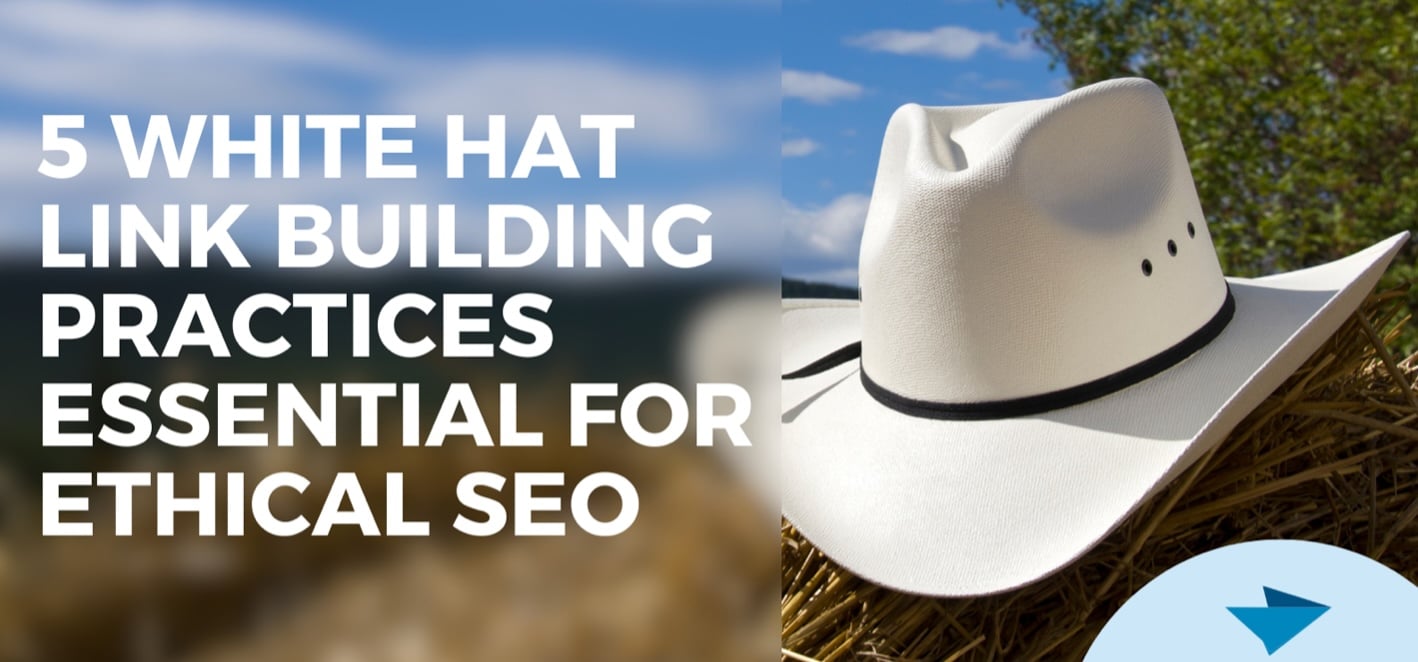
When you’re in a crowded conference room, there are usually two types of introductions. You might be wandering...

When you’re in a crowded conference room, there are usually two types of introductions. You might be wandering...
How to Write a Meta Description In the race to build a formidable online presence, most businesses have...
You know having a blog for your business or brand is critical to drawing in new customers and...

If you enjoy writing of any type, a career as a freelance copywriter could be a good choice...

You regularly visit the doctor for checkups, even if you aren’t sick. You go to the doctor to...
As someone who likes to travel, I love to pick up fun tourist shirts and souvenirs. One especially...
Since your website doubles as an untiring brand ambassador, your content must always be fresh, engaging, and relevant....
As we bid farewell to 2023, it’s time to reflect on what has unfolded in the world of...
You might not see white label ebooks every day on the latest content marketing sites, but that doesn’t...

Whether you are a small business just getting started or have been dabbling in SEO for a while,...
No HR needed to get access to the best writers, editors, QAs, and strategists. We are your all-in-one content writing service delivering publish-ready content.
Copyright – 2025 Express Writers -All rights reserved